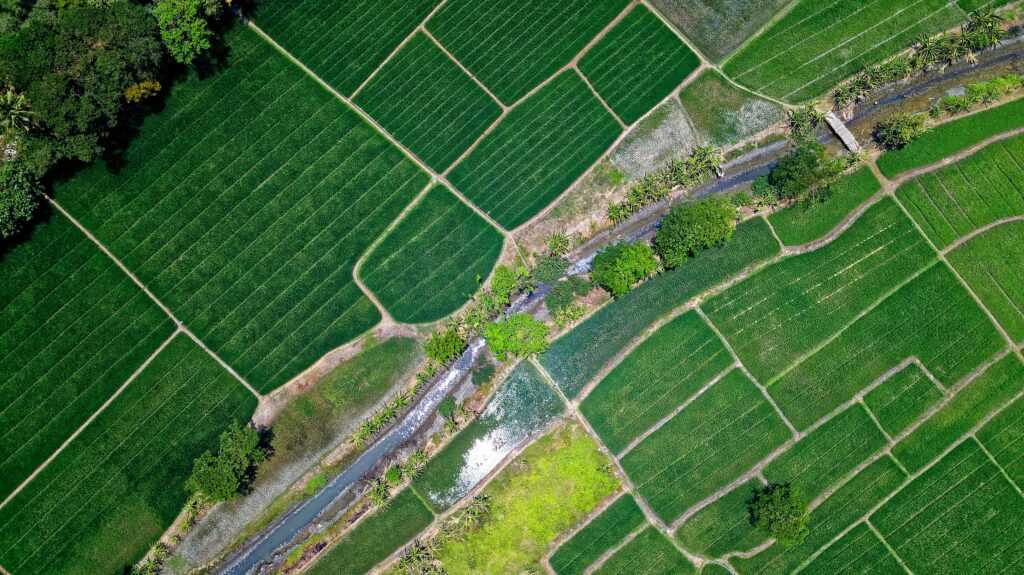Overview of Financial Assistance Programs
Navigating financial assistance programs can seem daunting for many small and medium-sized farm owners. I understand the challenges and have found that these programs provide critical support where it’s needed most.
Government Grants
Government grants provide non-repayable funds that support various agricultural activities. For example, the USDA offers grants that help farmers implement sustainable practices or adapt to new technologies. Farmers may find these grants essential for funding projects that would otherwise be unaffordable.
Low-Interest Loans
Low-interest loans are another valuable resource. Federal programs like the Farm Service Agency (FSA) offer loans with reduced interest rates to help farmers purchase land, buy equipment, or cover operational costs. These loans can provide a financial buffer during tough economic times or enable expansion.
Cost-Sharing Programs
Cost-sharing programs reduce personal financial burden by sharing expenses between farmers and funding entities. State-level programs often support the implementation of conservation practices. For instance, a program might cover 50% of the costs associated with installing a new irrigation system, allowing farmers to upgrade without incurring full expenses.
Disaster Assistance Programs
Disaster assistance programs offer relief after unforeseen events like extreme weather. Programs such as the USDA’s Disaster Assistance Programs provide crucial support during recovery periods, enabling farmers to manage losses and continue operations.
Tax Incentives
Tax incentives can also provide financial relief. Certain federal programs allow for tax deductions on specific expenses, such as renewable energy installations. These incentives reduce overall tax liabilities, enabling farmers to reinvest savings into their operations.
By understanding and utilizing these financial assistance options, farmers can better position their enterprises for stability and growth despite market or environmental challenges.
Government Grants and Subsidies
Government grants and subsidies provide essential financial support to small and medium-sized farms, addressing key challenges in sustainability and growth.
Federal Programs
Federal programs offer comprehensive grants and subsidies. One key program is the Environmental Quality Incentives Program (EQIP). Managed by the USDA’s Natural Resources Conservation Service (NRCS), EQIP supports farmers who implement conservation practices. Practices may include installing efficient irrigation systems or adopting no-till farming methods.
Another significant federal initiative is the Specialty Crop Block Grant Program (SCBGP). This program, coordinated by the USDA’s Agricultural Marketing Service (AMS), funds projects enhancing the competitiveness of specialty crops like fruits, vegetables, and nuts.
State-Specific Initiatives
State-specific initiatives tailor grants and subsidies to meet regional agricultural needs. For instance, California offers the Healthy Soils Program (HSP). This program provides grants for practices improving soil health, such as cover cropping and compost application.
In New York, the New York State Grown & Certified program offers financial incentives to producers meeting environmental standards and food safety guidelines. This initiative helps producers market their products, fostering local agricultural growth.
By exploring various federal and state-specific programs, farm owners can secure vital funding for their operations.
Loan Programs for Farms

When exploring financial assistance, loan programs offer crucial support for small and medium-sized farms.
Advantages of Low-Interest Loans
Low-interest loans afford farmers the ability to access capital at reduced rates. This financial support helps cover expenses such as:
- equipment
- seeds
- operational costs
while preserving cash flow.
For example, the Farm Service Agency (FSA) provides low-interest loans that enable small and medium-sized farms to expand without shouldering high-interest debt. Compared to private loans, these programs reduce financial stress and offer longer repayment terms.
Eligibility Criteria
Eligibility criteria for loan programs vary based on the funding source. Generally, applicants must demonstrate the viability of their farming operations.
For instance, the FSA requires applicants to have sufficient farming experience, typically at least three years. Farms must prove their financial need and provide a business plan outlining their goals and operational strategies. Young farmers, veterans, and minority-owned farms may also qualify for targeted financial assistance under specific programs.
Private and Non-Profit Support
Financial assistance from private and non-profit entities supplements government programs. These sources provide flexible funding options for small and medium-sized farms.
Community-Based Initiatives
Community-based initiatives often offer grants and low-interest loans. They support local farmers through funding for sustainable practices, educational programs, and infrastructure development.
For example, local food co-ops might offer loans to farmers who supply produce. Community development financial institutions (CDFIs) also provide crucial funding, focusing on underserved markets.
Agricultural Foundations
Agricultural foundations play a key role in supporting farms. These foundations offer grants and scholarships aimed at improving farming techniques, promoting sustainability, and encouraging innovation.
For instance, the Bill & Melinda Gates Foundation has funded agricultural research to enhance crop yields in developing regions. The McKnight Foundation focuses on sustainable and regenerative agriculture funding for projects that align with their goals.
How to Apply for Financial Assistance
Navigating the process for financial assistance can seem daunting. Proper preparation helps ensure a smooth application process.
Documentation Requirements
- Gather necessary documents, such as tax returns, profit and loss statements, and a detailed business plan, before beginning the application.
- Most programs need documentation demonstrating farm financial status to assess eligibility.
- Prepare recent income tax returns, covering the last three years as authorities typically use this to determine financial stability.
- Financial statements, including balance sheets and profit-and-loss statements, are crucial to illustrate the farm’s economic health.
- A comprehensive business plan outlining operational strategies, revenue projections, and investment plans also supports your application, showing readiness for growth and effective fund utilization.
Tips for a Successful Application
Completing an accurate application increases your chances of approval. Read the guidelines carefully, and ensure you understand the eligibility criteria and specific requirements for each program. Detail your answers thoughtfully to demonstrate thorough understanding and readiness.
Highlight your farm’s unique aspects, such as sustainable practices or community impact, to make your application stand out. Contact local agricultural agencies for assistance if you encounter challenges during the process. Networking with peers who have successfully applied can provide helpful insights too.



